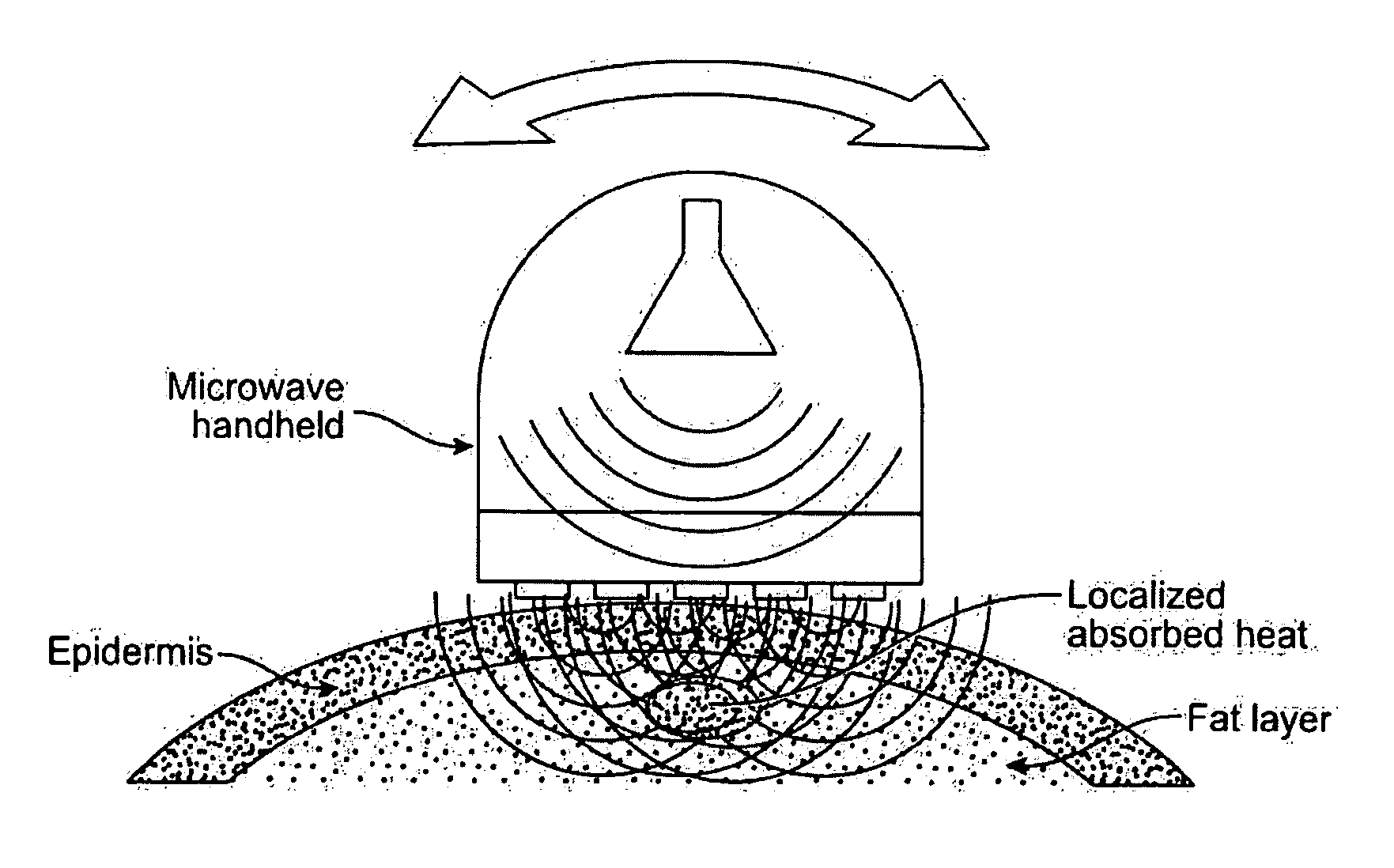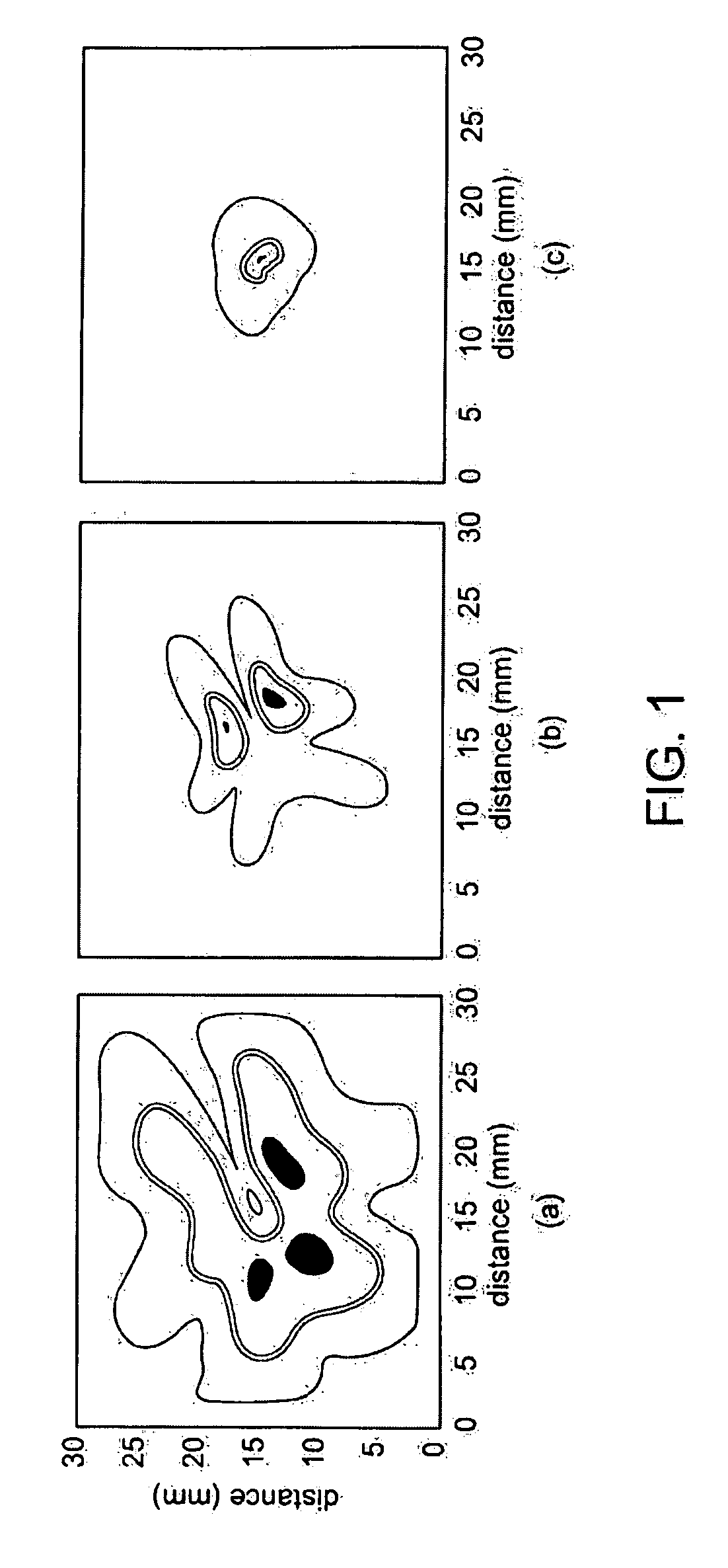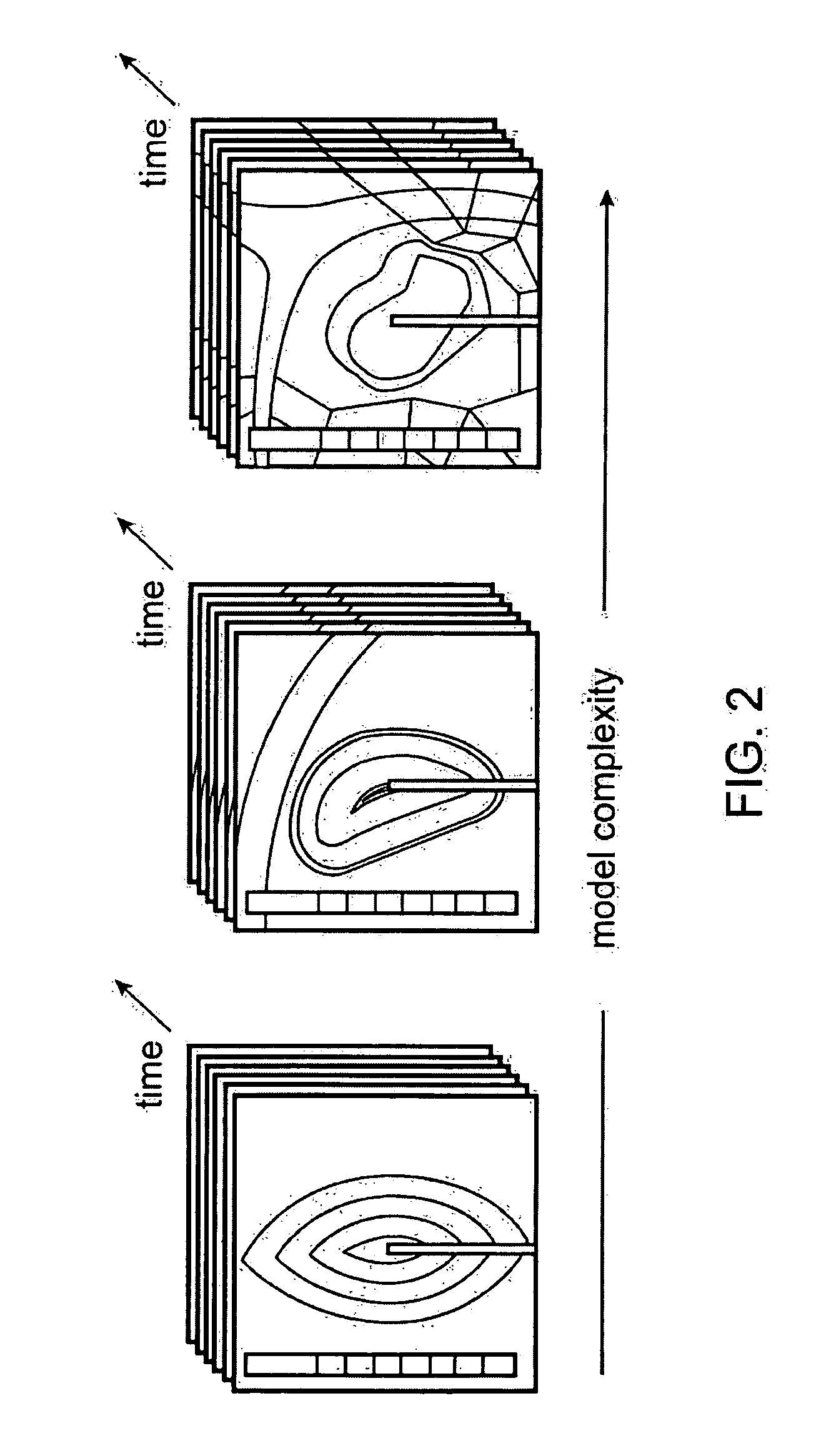Thermal Ablation Design and Planning Methods
a technology of thermal ablation and design, applied in the field of thermal ablation devices, can solve the problems of increasing the chances of reoccurrence of cancer, insufficient tumor targeting, and the infancy of the technique, and achieves the effects of increasing the effectiveness of thermal ablation treatment for a target, increasing the effectiveness of thermal ablation treatment, and increasing the success ra
- Summary
- Abstract
- Description
- Claims
- Application Information
AI Technical Summary
Benefits of technology
Problems solved by technology
Method used
Image
Examples
example
[0103]Liposuction, a technique for removing blocks of fatty tissue, is considered by many to be cosmetic surgery. However, in the last few years, the liposuction technique has been incorporated into many facets of reconstructive surgery. Several noncosmetic uses for liposuction include: 1) undermining large flaps for reconstruction while preserving neurovascular attachments; 2) removal of lipomas; 3) treatment of gynecomastia; 4) contouring tissues after breast reconstruction; and 5) liposuction for improvement of axillary hyperhidrosis. Suction lipectomy, or liposuction, is the term used by plastic surgeons to describe the surgical disruption and removal of subcutaneous adipose tissue by means of a vacuum assisted cannula. A cannula is a narrow cylindrical tube with a blunted end and a suction port that is attached to a vacuum device. It is selected by its maximum diameter, ability to dissect through tissue, and the ease of fat removal, thus avoiding large surgical incisions. In ad...
PUM
 Login to View More
Login to View More Abstract
Description
Claims
Application Information
 Login to View More
Login to View More - R&D
- Intellectual Property
- Life Sciences
- Materials
- Tech Scout
- Unparalleled Data Quality
- Higher Quality Content
- 60% Fewer Hallucinations
Browse by: Latest US Patents, China's latest patents, Technical Efficacy Thesaurus, Application Domain, Technology Topic, Popular Technical Reports.
© 2025 PatSnap. All rights reserved.Legal|Privacy policy|Modern Slavery Act Transparency Statement|Sitemap|About US| Contact US: help@patsnap.com



